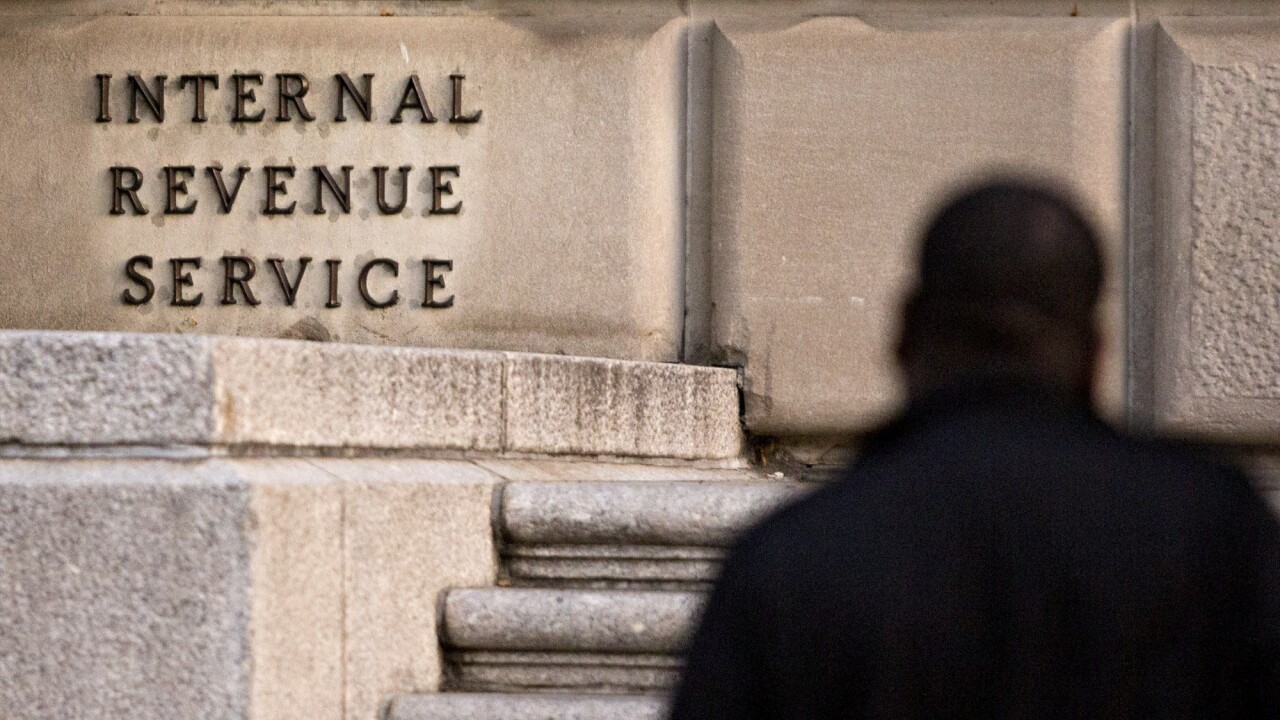If you ask bank CEOs how much they need to spend on technology to stay competitive, you’ll likely hear the same answer: more.
With the industry poised to reap billions of dollars in savings from the new tax law, banks have additional means to back the big investments they have long dreamed of making.
During quarterly calls Wednesday, executives at U.S. Bancorp and Bank of America outlined plans to use their tax savings to ramp up spending on new technology to stay competitive in the digital age. They also provided a glimpse of the delicate balance involved in balancing those priorities with broader efficiency goals.
For regional banks, in particular, the tax windfall could provide a much-needed boost as megabanks have begun to use high-tech tools to
Over the past year, for instance, JPMorgan Chase has expanded into St. Louis with the
According to Terry Dolan, chief financial officer at U.S. Bancorp, tax savings from the tax law will give the Minneapolis company momentum to compete head on with its bigger peers.

“We do believe that as we invest in some of these digital capabilities, the opportunities to acquire [customers] in other loan and deposit products will grow,” Dolan said in an interview after U.S. Bancorp's earnings call.
Dolan noted JPMorgan’s launch of the mobile app Finn to target young customers in St. Louis, which is one of U.S. Bancorp’s key Midwestern markets. The app provides a host of personal finance and money management features.
He said that U.S. Bancorp has “similar sorts of plans” to use consumer technology to expand to new markets. He declined to provide additional details.
The comments illustrate the welcome challenge currently facing bank executives, who are deciding how to divvy up the savings they expect from the tax law. The measure, signed into law last month, permanently slashed the corporate tax rate to 21% from 35%.
During earnings calls over the past few days, bankers have outlined plans to
The quarterly calls Wednesday underscored how banks — soon to be awash in tax savings — plan to use a portion of the money to make strides (and in many cases, catch up) in technological offerings that entice consumers and business owners.
“Our company will have to look to take advantage of some of the tax savings to invest to improve their business and competitiveness faster than they would have done before the tax reform act,” B of A Chairman and CEO Brian Moynihan said during his company’s call.
The Charlotte, N.C., company has invested heavily in technology in recent years
Still, analysts peppered B of A executives with questions about whether plans to boost tech spending will derail the company’s ongoing effort to slash operating costs. It has previously said that it would reduce its annual noninterest expenses to $53 billion by the end of 2018. That figure stood at $54.7 billion as of Dec. 31.

Moynihan assured analysts that plans to contain overall expenses remain on track. He also emphasized that upgrades to gadgets such as new ATMs, or investments in mobile apps, will increase efficiency down the road, as they encourage customers to make fewer trips to the branch.
“As we continue to get customers to adopt these new and exciting technologies, we’ll see more operating leverage,” Moynihan said.
For each ATM that B of A installs, it has one fewer full-time branch employee to pay, according to Moynihan. In total, the company has replaced about 3,400 ATMs over the past year with newer, more high-tech models.
U.S. Bancorp, meanwhile, expects to invest 25% of its total tax savings into new technology initiatives as well employee compensation.
Many of the projects slated for investment are long-term initiatives that the company already had in place, such as plans to upgrade technology in consumer banking, corporate payments and merchant acquiring. During the fourth quarter, tech expenses at the company jumped nearly 7% from a year earlier, to $254 million.
U.S. Bancorp expects total expenses to increase 5% in the year ahead.
“It’s really given us an opportunity to accelerate [long-term initiatives] into a near-term horizon,” Dolan said.





